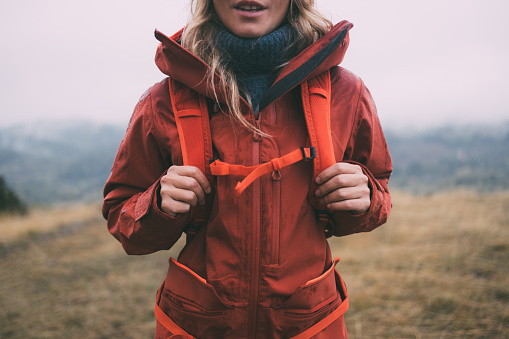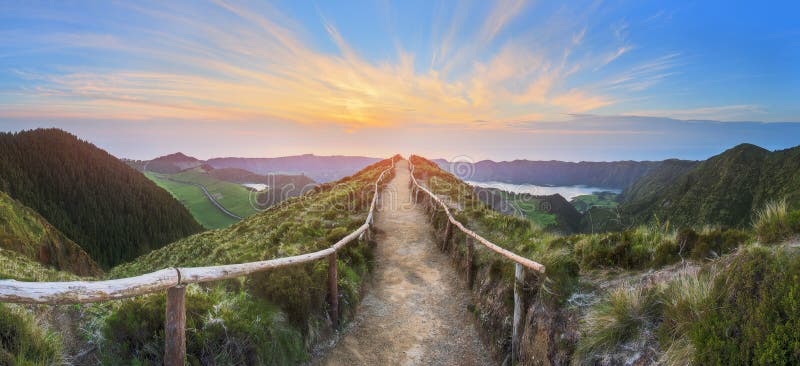Problems that Hikers Face
There are many problems that hikers can face while hiking. Some include not staying hydrated, not knowing what kind of food to bring, what to wear, what to bring, how to make it through a whole hike, and many more. Some are unpredictable and some are predictable, but I want every hiker to be prepared for it all!
I would like to help you solve these problems so that you don’t have to experience them while hiking anymore!
How to stay hydrated on a hike
This is a big problem. Especially in the summer, and still in the winter but not as bad. In the summer you are not only exerting so much energy on actually hiking but you also have the sun beating down on you and the heat taking energy out of you. This can make it much more difficult to stay hydrated which is absolutely necessary for having a successful hiking trip. I would recommend bringing water bottles for yourself and everyone in your hiking group as well as some Sport Pedialyte to help you stay hydrated. Pedialyte is a great source of electrolytes and will help you finish a hard hike the only think you have to remember about it is to SIP it SLOWLY. I have seen a hiking partner of mine chug Pedialyte and shortly after then lose all nutrients from getting sick from drinking too much too quickly.
What to wear
Although what you wear will depend on the season it currently is and where you are hiking, there is one piece of advice that will get you through any season- LAYERS. Most of the time when you start a hike it is in the morning and in the morning, it is typically cooler outside and so you will want to wear pants and/or a light jacket or long sleeve. As the day progresses it will get warmer out most likely so you will want to be able to remove layers, so you do not get too hot. I would recommend wearing a t-shirt or tank top underneath your light jacket/ hoodie/ long sleeve and shorts or biker shorts under your pants.How to Make it Through a Hike
Remember- no one is timing you and there is no prize for doing it the fastest or being the slowest. Go at a steady pace that’s right for you, and if you are with a group find a pace that is good with all members to go at. If you start out too strong you might not make it to the top which is the best part to see and the whole point of the hike! Remember to take breaks along the way as frequently as you need and get some water at every break and maybe a snack too.
What Kind of Food to Bring on a Hike
You may be planning a hiking trip and thinking about how you will fuel yourself with food on the trip, so I recommend bringing a lunch that doesn’t have a lot of garbage left over after you have eaten it. I would bring a sandwich, fruit, veggies, crackers, bars, or something light like that so that you aren’t too full to walk anymore but you have enough energy!
Foot and Knee Pain
When you hike a lot and use your body, and legs especially, so often you are most likely going to run into some kind of knee or foot pain. Nothing detrimental a majority of the time, but when using your body to its max it will be at least sore. I recommend if you already have knee and/or foot pain that you do not push yourself too hard on the hike itself but also wear a knee brace or sole inserts to help with the pain you are experiencing. With a knee brace your knee will be much more supported and going over harder terrain, going uphill, and just walking in general will be more pain free and help get rid of future pain. With sole inserts your feet will have the correct support that they need which will help most after the hike and you’re taking off your hiking boots.
Wildlife
If you are hiking somewhere where wildlife is known to be present and active it is advised and in your best interest to stay away. If you mind your own business and stay far enough away, so will the wildlife. If in a park/forest/trail that does have an active wildlife the place will usually have ample warning about it and steps to take to avoid running into danger. For example, Yellowstone has a very active wildlife and all visitors are told to stay at least 100 meters away from the wildlife and to carry bear spray on your person at all times to stay safe.
Getting lost
Sometimes navigating a trail can be difficult and this is why you should always hike with a buddy or group. You don’t want to get in a situation alone where you don’t know where you are, your unfamiliar with the area, it could get dark out, and you don’t know what is going to come out to play at night. If you do get lost it would be best to take a deep breath and calmly figure out how to get back. Some steps to take so you don’t get lost would be to take trail maps, take a picture with your phone of the trail map, and have a compass so you know which was is back where you came from and what direction you are going in.
Treating Blisters, Cuts, and Scrapes on a Hike
You most likely be in a situation where you get a cut or scrape on your hike and most of the time it isn’t anything too bad, but you want to be able to cover it up so that it does not get infected. I would recommend getting a small first aid kit to travel with you. There are small first aid kits at the Dollar Tree that you can pick up and it is the perfect little first aid kit for hiking!


Comments
Post a Comment